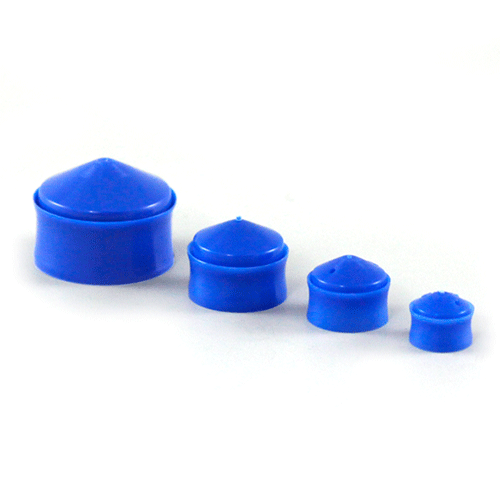FVMQ gasket membrane
VMQ (Fluorosilicone Rubber) is a special rubber material often used to make sealing membranes (Sealing Membranes). FVMQ gasket membrane combines the characteristics of silicone rubber (VMQ) and fluorine rubber (FKM), and has high chemical resistance and high temperature resistance.
The following are the properties of some FVMQ gasket membranes;
Chemical resistance: FVMQ gasket membrane has excellent chemical resistance and can resist the erosion and dissolution of various chemical substances such as oil, fuel, solvents and corrosive media.
High temperature resistance: FVMQ gasket membrane has high thermal stability and can withstand use under high and extreme temperature conditions. It can usually work in the range of -50°C to +200°C.
Sealing performance: FVMQ gasket membrane can fill the gaps between connected parts and prevent the leakage of liquid, gas or solid particles.
Application fields
Widely used in hydraulic and pneumatic systems, automotive industry, aerospace, chemical industry, electronics and other fields. They are commonly found in seals, valves, pipe connections, instrumentation and sensors.
Customization options: Customization options in size, shape, hardness and surface properties of FVMQ gasket membranes to meet the requirements of different applications.

FVMQ gasket membranes shapes and types
Flat Gaskets: Flat gaskets typically come in round, square, rectangular or other customized shapes and are used to fill gaps between connected parts, providing a reliable seal.
O-ring: The O-ring is an annular FVMQ sealing membrane with a circular cross-section. O-rings are widely used in static and dynamic sealing, such as in equipment such as pipe joints, valves and pumps.
X-ring: X-ring is a special-shaped FVMQ sealing membrane with an X-shaped cross-section. X-rings are typically used for static sealing and provide excellent sealing performance under high pressure and high temperature conditions.
U-ring: A U-ring is a FVMQ gasket membrane with a U-shaped cross-section. For sealing piston rods or sealing applications on piston rods.
Braided gasket: Braided gasket is a gasket woven from FVMQ sealing material. They have high elasticity and pressure resistance and are often used in high-temperature and high-pressure sealing applications, such as in engines and hydraulic systems.
Customized shapes: Depending on specific application requirements, FVMQ gasket membranes can be customized into various shapes, such as ovals, irregular shapes or special contours, which are usually used for special occasions.
Disadvantage of FVMQ rubber sealing membrane
High oxidant environment: Oxidants can cause oxidation and loss of rubber materials, thereby reducing its performance and life. In this case, it would be better to choose a sealing material with higher chemical resistance, such as fluoroelastomer (FKM) to replace FVMQ.
Ammonia gas environment: FVMQ rubber sealing membrane does not have good tolerance to ammonia gas environment.
High temperature and humid environment: FVMQ rubber sealing membrane has good high temperature resistance, but it is not resistant to high temperature and humid environment. It will cause the rubber material to age and harden, thereby reducing its elasticity and sealing performance.
Strong acid environment: FVMQ rubber gasket membrane has limited tolerance to strong acid environment. Strong acidic media may corrode and damage rubber materials, so in this environment, sealing materials with better acid resistance, such as polytetrafluoroethylene (PTFE), should be selected.
High chlorine content environment: FVMQ rubber sealing membrane may not be suitable for media with high chlorine content. Chlorides may cause corrosion and peeling of rubber materials.
When determining the gasket material, the actual working conditions and the chemical properties of the medium should be considered to select the most suitable material. The appropriate FVMQ gasket membrane needs to be selected based on specific application requirements and working conditions. At the same time, pay attention to selecting materials and designs that comply with relevant standards and specifications to ensure their performance and reliability.




















.png)












